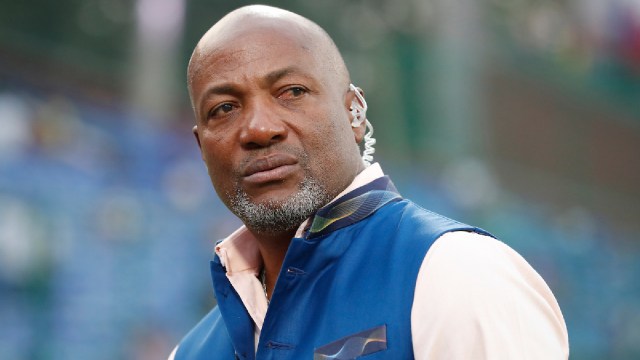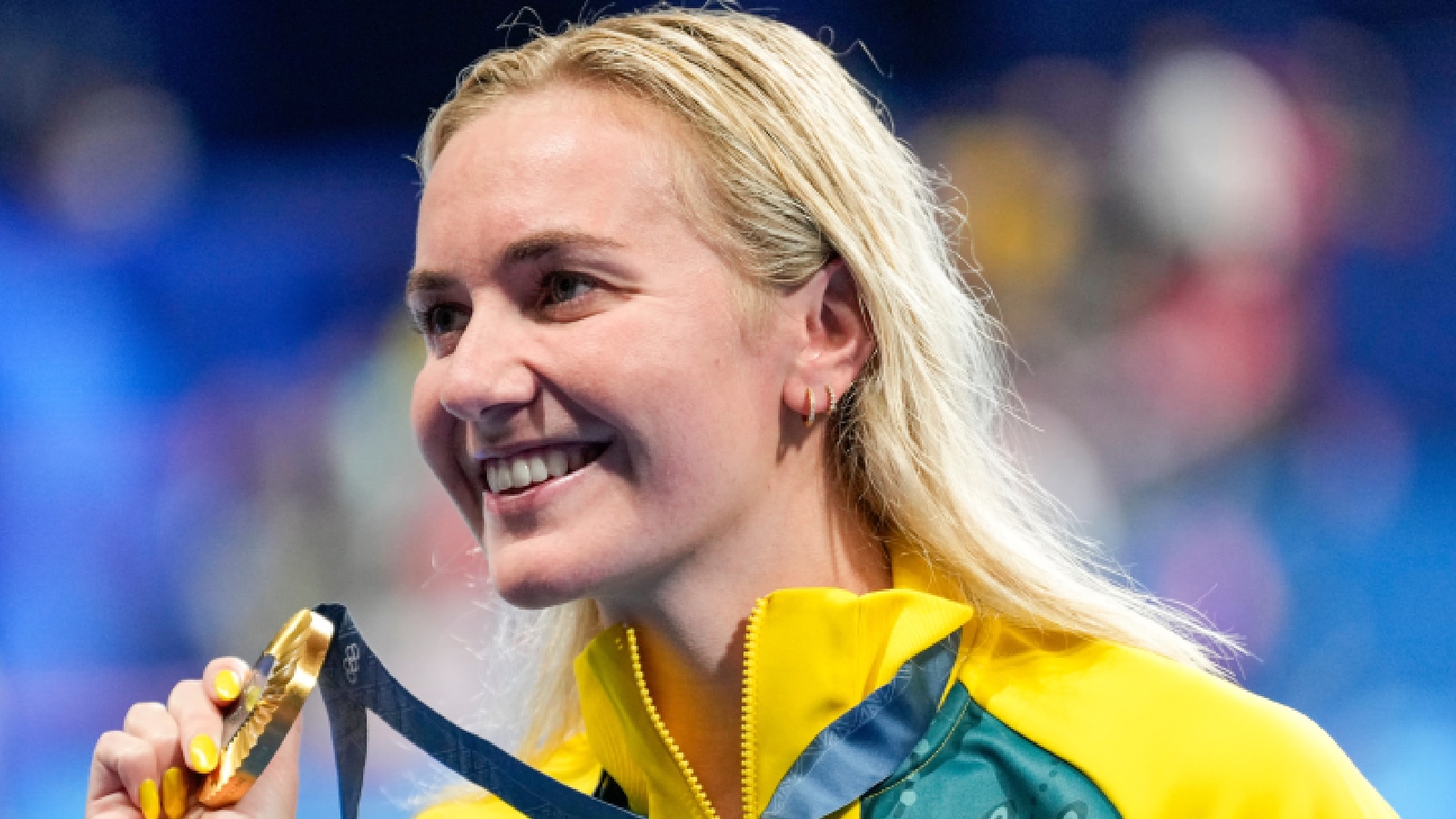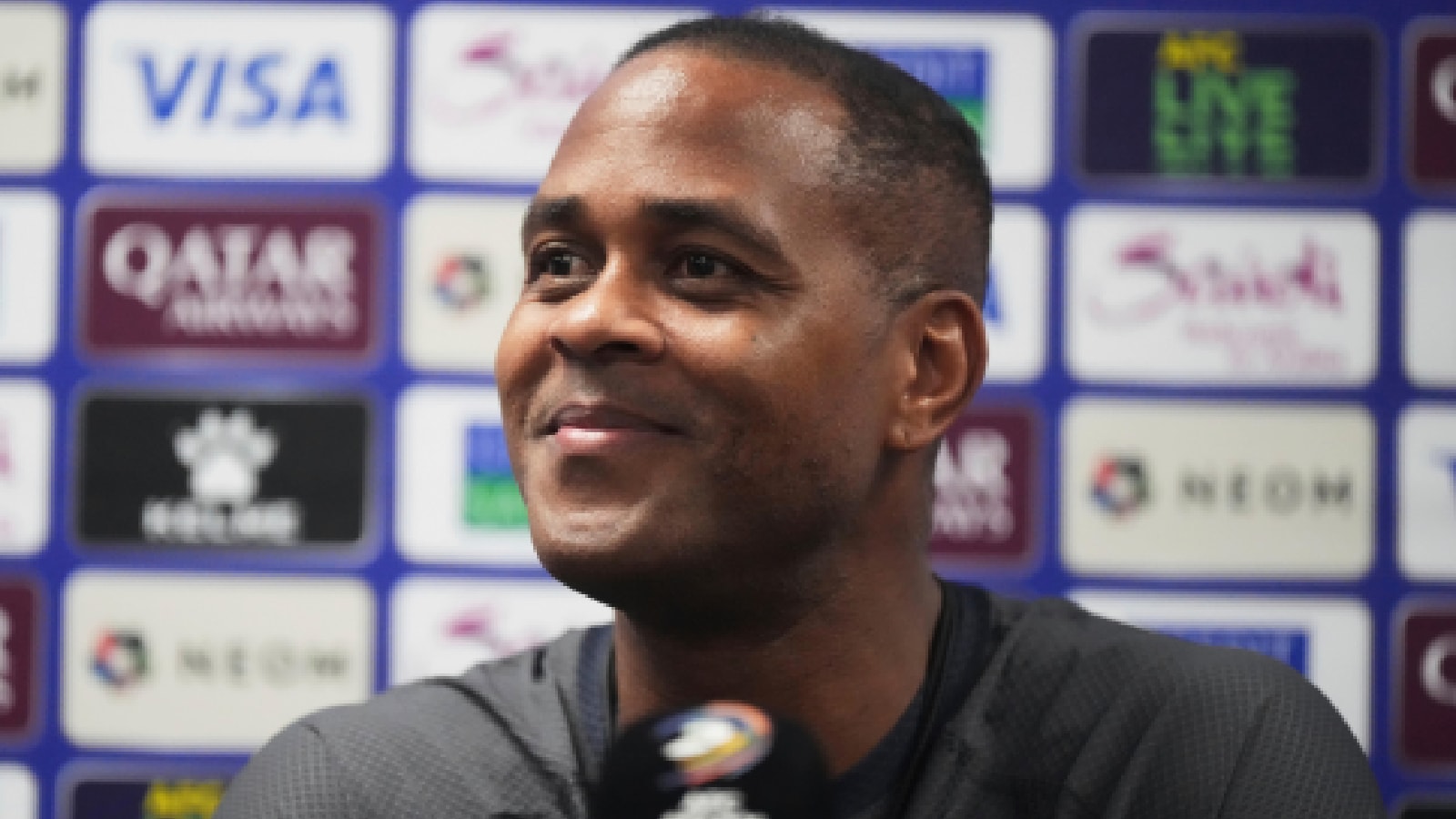ARTICLE AD BOX
 Lara understands the financial turmoil, identifies the franchise-fixation of the region's most talented cricketers as one of the roadblocks in the revival of West Indies cricket and sympathises with the plight of Chase's men. (Sportzpics)
Lara understands the financial turmoil, identifies the franchise-fixation of the region's most talented cricketers as one of the roadblocks in the revival of West Indies cricket and sympathises with the plight of Chase's men. (Sportzpics)
West Indies great Brian Lara has a question for Roston Chase, the incumbent captain and the inheritor of a long lost legacy. “Does he and the other guys have cricket at heart? Do they really want to play for the West Indies?” he asks on the sidelines of CEAT Awards. It is both an emotional and practical query, coming from one of the finest batsmen that has graced a cricket field.
He must have been referring to Chase’s lament, a familiar one, of straining finances of the cricket board, its rebelling factions and pitiable infrastructure in first-class cricket after the Ahmedabad meltdown. Lara understands the financial turmoil, identifies the franchise-fixation of the region’s most talented cricketers as one of the roadblocks in the revival of West Indies cricket and sympathises with the plight of Chase’s men. But at the heart of West Indies’ sad decline is heart itself, or the lack of thereof, feels Lara. “The passion to play for West Indies was different,” he says. Chase’s men lacked the spirit and swagger, the pride and purpose of the men they grew up watching, or the stories that they grew up listening to.
As much as state-of-the-art infrastructure is necessary to raise the standard of the game, he feels it should not be an excuse for rapidly diminishing quality. “I was coached at Harvard coaching clinic where nobody was paid. So if you want to get things done, you have to have the capital to do it. (But) Viv Richards didn’t bat on any better practice pitches or anything. We had to do the same thing, the same grind, but the passion was different,” he states.
Story continues below this ad
The pride to wear the maroon cap has weaned. “Every single one of their parents would have had in the back of their mind their son playing for the West Indies. Their son doing well for the West Indies meant a lot back in those days,” Lara remembers. There is no better story that illustrated this than of his teammate, Curtly Ambrose, who played cricket only because his mother wanted him to. Whenever he nabbed a Test wicket, his mother, Hillie, would gush out of their house in Swetes Village, Antigua, and ring a bell in the streets. Even the stories have become vintage.
Perhaps, a pep talk from Viv Richards, slated to meet Chase’s men before the Kotla Test that starts on October 10 would rouse them up. He, though, believes that the West Indies have some of the best natural talent but often lost in translation or lost to the league. The finest, the most sought-after of them, no longer wears the maroon stripes. Not Nicholas Pooran or Shimron Hetmyer; Sunil Narine or Andre Russell. Kieron Pollard never played Test cricket; Chris Gayle played his last in 2014, a decade before he bid farewell from IPL.
The board has been unable to retain them, but let them slip through the system. “It is a very big problem. Let me get it very clear. I can’t blame any single player for wanting to pursue cricket as a career outside of the West Indies because the disparity in what’s happening, playing five or six franchise leagues, compared to playing for the West Indies is massive. You have to have empathy with that player,” he says.
The board, thus, has to strike a balance and ensure that their best players turn up for the country too. ” I think the onus is on the Cricket West Indies to find a way to create, unify the efforts of the young players who want to go out, but also have them playing for us. Australia is able to do it. England is able to do it to keep their players loyal to their country. So we have to find a way to do that. There is no need to point any fingers at anybody. It’s just that we’ve got to come together as a team, as administrators, as coaches, as players. If you have West Indies cricket at heart, you will find a way to move forward,” he points out.
Story continues below this ad
For instance Pooran, their finest batsman of the generation, and who idolised Lara when growing up, retired from international cricket at 29, so that he could channel all his attention to the swelling ledger of franchisees. He features in as many as eleven leagues, including the Major League and ILT20, a year. “You don’t want your best players in America or somewhere else around the world. So it is something that India does not suffer with, because your players play here. Everybody comes to play here. And this is their stuff. England, Australia, I think they survive on the fact that their retainers are big retainers for their players. So the need to go out and play cricket and run around the place isn’t there.”
He urges West Indies cricket to use technology to upgrade themselves. “Today, people are analysing you on a different level and they know what to do against you. So it’s important that we get to be a part of that as well. We can’t stay away and say we’re going to rely on skill, we’re going to rely on natural ability. Sir Vivian Richards is not going to come around the corner next week. That’s not just going to happen. Even if that happened, that person still has to understand how deep the game has gone. For me, technology is a part of it,” he explains.
But at the heart of decline is the heart itself. The question to Chase hangs uncomfortably over West Indies’ cricket. “Does he and the other guys have cricket at heart? Do they really want to play for the West Indies?” The resurrection of the West Indies would perhaps begin with this introspection.










 English (US) ·
English (US) ·